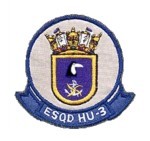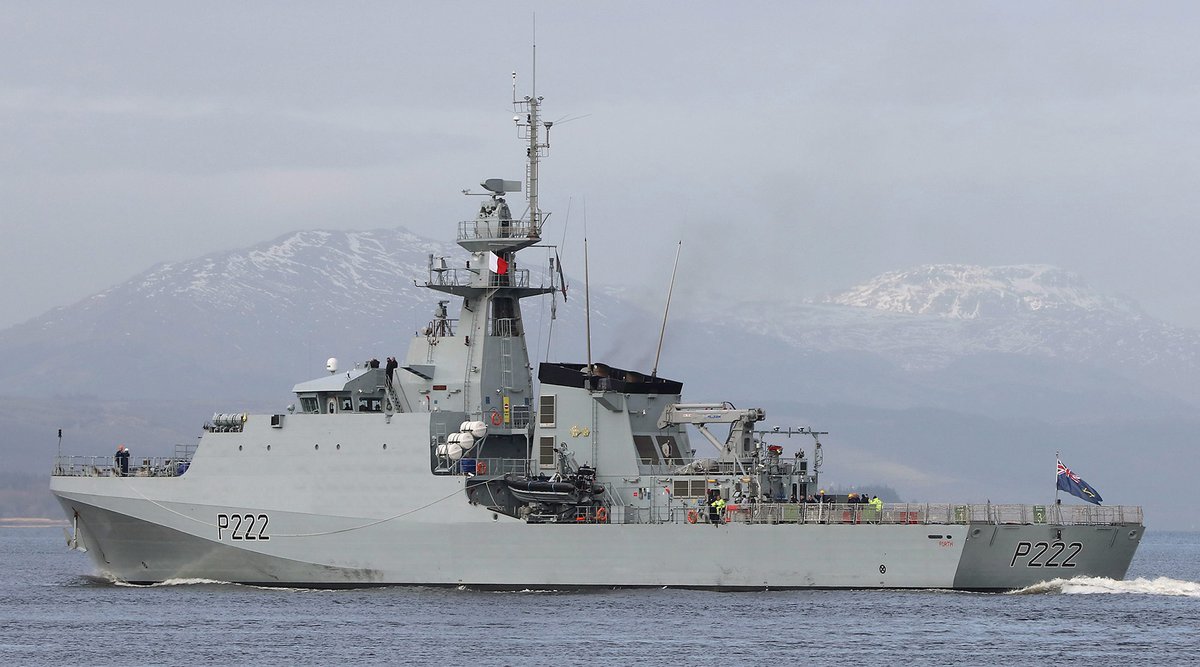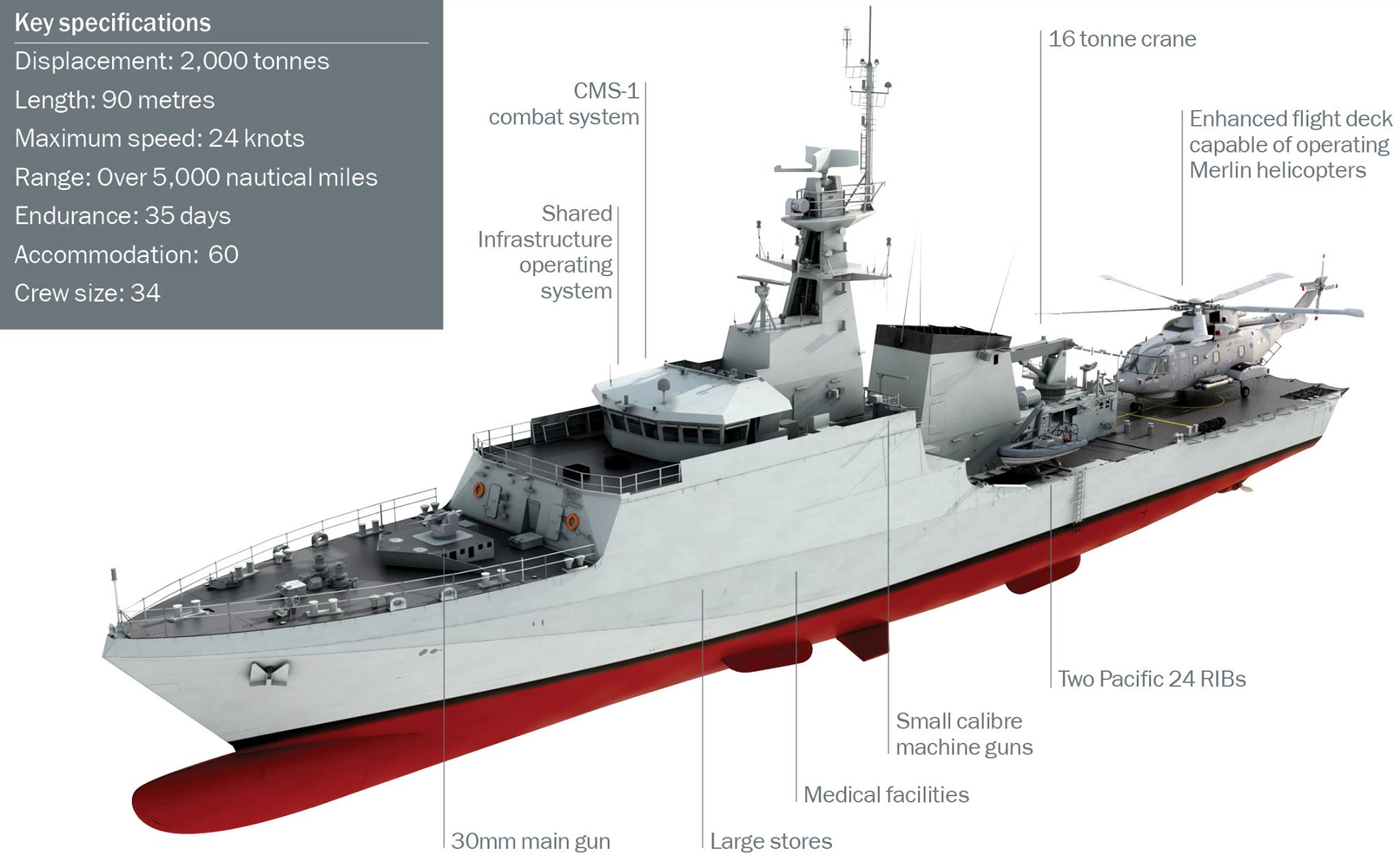HMS Queen Elizabeth sails for the United States – here’s the plan

Before crossing the Atlantic, the ship will embark more helicopters and conduct a few days of additional rotary wing flying trials in UK waters. She will then head to the eastern seaboard of the US which is likely to take around 10 days, depending on weather and the flying programme. When close to the US, the Merlin Mk4s will fly off Royal Marines to conduct a small demonstration assault landing. This is not a full-scale test of QE in the assault role (HMS Prince of Wales will undertake the main development of amphibious capability) but is a preliminary trial of the ship’s ability to embark troops onto helicopters and launch them simultaneously. The Royal Marines will then participate in joint exercises ashore with their US Marine Corps counterparts.
QE’s is expected at Naval Station Norfolk, Virginia in early September. She will unload Royal Marine equipment and take on test equipment required for the F-35 flight trials programme. While the crew get some time ashore, the ship is likely to be of a subject of great curiosity to the US military who have generously provided much support for the regeneration of UK carrier strike. Norfolk is home to six of the US Navy’s ten supercarriers and QE is a showcase for a radically different approach to aircraft carrier design.
 Aircraft carrier heaven – Naval Station Norfolk, Virginia – the world’s largest naval base.
Aircraft carrier heaven – Naval Station Norfolk, Virginia – the world’s largest naval base.
The F-35 flight trials off the east coast will consist of two Developmental Testing periods (DT-01 and DT-02) which are scheduled to last around about 3-4 weeks each, with a break in between. The first F-35 landing on QE will probably be in the 3rd week of September. A historic occasion will be the ship’s arrival in New York sometime in October, which will attract considerable public attention in the US. QE will come to anchor with small boats used to ferry visitors and personnel to and from the ship. The RN is in negotiations with the New York harbour authorities for a ‘high profile anchorage’. Prominent US and British politicians are likely to visit the ship and this will be the first big demonstration of her potential as a floating ambassador for the UK. Before returning home in December, the ship will make a second visit to Norfolk to re-embark equipment and Royal Marines.
QE may spend some time in the Caribbean to test her performance in hot/humid conditions. The RN has also done some contingency planning in case the ship is called on to assist in hurricane relief operations in the region. 700 tonnes of disaster relief stores and equipment are embarked on QE but fortunately weather patterns this year would suggest that hurricanes are likely to be less severe than last year when HMS Ocean was called upon. (RFA Mounts Bay is already in the area and available to assist). As always, the Westlant 18 programme may be subject to change in response to events.
 Alongside the Princess Royal Jetty as last minute preparations are made prior to sailing
Task Group
Alongside the Princess Royal Jetty as last minute preparations are made prior to sailing
Task Group
Westlant 18 is not an operational deployment or a formal excise and it is important to remember QE and her aircraft are still in an extended trials phase before she declares Initial Operating Capability (IOC), scheduled for the end of 2020. However, Commander UK Carrier Strike Group (COMUKCSG), Cdre Andrew Betton and his staff are embarked and will exercise command over the small task group. Around 40 of the UK battlegroup staff will join QE out of the 65 in total.
Sailing with QE will be the frigate HMS Monmouth and the brand new support tanker RFA Tiderace. US Navy warships will also operate with the group for some of the time. No official comment will be made but it is likely the group will have a protective shadow of RN or US navy submarine assets, especially in light of much-increased Russian submarine activity in the North Atlantic. (It is notable that HMS Monmouth does not have a 2087 Towed Array sonar ‘tail’ effective in detecting submarines at range in open ocean.)
HMS Queen Elizabeth’s core ships company now numbers 800 men and women. As we predicted there has been a significant growth beyond the 690 initial planned complement and Captain Kyd says he expects the number to rise slightly further in future. The average age of the sailors is 24 and about 30% have never visited a foreign port before. At the other end of the spectrum, there is a select group of just 7 men over the age of 50 serving on board. For Westlant 18, QE will sail with a total of around 1,500 personnel. Besides the battle staff, the additions are helicopter aircrew and maintainers, 70 Royal Marines of 42 Commando and a role 2 medical team comprising about 20 people. 200 personnel involved with F-35 including pilots, engineers and data analysts from the Integrated Test Force (ITF) will also join the ship.
Flying programme
The first F-35B aircraft to land on QE will fly from the ITF base at Patuxent River. Two fully instrumented ITF aircraft (BF-04 and BF-05) and four pilots are involved in this trials programme. One from the RN, one from the RAF, a USMC colonel and a UK civilian BAE Systems test pilot. Who will be the first pilot to land on the ship has been provisionally decided but will not be publicly announced until afterwards to allow for changes of plan or unforeseen circumstances. It would, however, be disappointing if the Fleet Air Arm pilot (Cdr Nathan Gray) is denied the honour of being the first to land on the Royal Navy’s newest carrier.
The F-35 shipboard developmental flying programme includes over 500 ‘test points’ that have to be checked off and the aircraft will conduct multiple landings and takeoffs, including the first F-35 launch from a ski-ramp at sea and the first live demonstration of the Shipborne Rolling Vertical Landing (SRVL) technique. There is plenty of spare time and flex allowed for in the schedule, should any issues be encountered. Alternatively, if tests are progressing well then the programme may move onto the next round of objectives. At the end of the DT-2 phase, the test aircraft will leave the ship and return to Pax River.
Three Merlin Mk4s from 845 Naval Air Squadron will be embarked on board for Westlant 18. 845 NAS is gradually receiving deliveries of the ex-RAF Mk3s that have been marinised and upgraded to Mk4 standard and this will be the first real test for these aircraft. Several more Mk2 Anti-submarine Merlins of 820 NAS will join the 3 already flown onto the ship in Portsmouth.
 US Marine Corps F-35Bs have conducted hundreds of successful landings and takeoffs at sea. There is no reason to expect any serious problems doing the same from QE’s much larger deck. (Photo: US Navy)
US Marine Corps F-35Bs have conducted hundreds of successful landings and takeoffs at sea. There is no reason to expect any serious problems doing the same from QE’s much larger deck. (Photo: US Navy)
To date, the Merlin and Chinook have been successfully trialled and cleared to operate from QE, although Chinooks will not participate in this deployment. HMS Monmouth will have a Wildcat helicopter embarked and will make the first landing by the aircraft type on QE. It is planned the Army Air Corps Apache AH1 will be tested aboard QE for the first time next year. During the deployment, several US aircraft types are scheduled to land on the ship, and this will include the V-22 Osprey.
QE’s Commander Air or “wings” is now 43 yr old Cdr James Blackmore. He has fast jet experience flying Sea Harrier, Harrier GR9 and a tour with the US Navy on F-18 Super Hornets. His time with the USN was especially useful in accumulating experience of big deck flying while the RN had temporarily been forced out of the aircraft carrier business. There is a certain symmetry to this appointment as he flew the last Harrier to take off from HMS Ark Royal back in 2010, also under the command of Captain Jerry Kyd.
QE flyco is probably the best equipped flying control office at sea today with a superb view, equipped for day or night operations and Night Vision Goggle (NVG) certified. Those who had reservations about the physical separation of Flyco from the navigators on the bridge can be assured that the arrangement works well and Blackmore says is has helped formalise procedures. Besides the intercom, there is a video conferencing facility and both bridge and flyco have CCTV so they can easily see what the other is doing. From his raised position at the back of Flyco, typically wings overseas a team of five which include a Leading Hand responsible for deck lighting and logging aircraft movement, the Deck Operations Officer who controls aircraft in the hangar and on deck, Lt Cdr Flying who is wings deputy, an Air Traffic Control officer who monitors aircraft close to the ship and a Landing Signals Officer (a qualified fixed-wing aviator) who is in direct contact with F-35 pilots to assist them as they land.
 Venerable Type 23 frigate HMS Monmouth will be QE’s main escort and ‘plane guard’ for Westlant 18.
Venerable Type 23 frigate HMS Monmouth will be QE’s main escort and ‘plane guard’ for Westlant 18.
Westlant 18* has generated considerable excitement across the navy with competition amongst ships and units to participate. We can look forward to some iconic images, not least the first video and photos of F-35 landing on the ship. This will certainly be significant ‘good news’ story for UK defence, another big step on the way to the regeneration of carrier strike and an achievement for the nation as a whole. Filmmaker Chris Terril is on board for this trip to record the follow up to his BBC2 documentary ‘Britain’s Biggest Warship’, probably for broadcast in early 2019.
https://www.savetheroyalnavy.org/hms-qu ... -the-plan/













